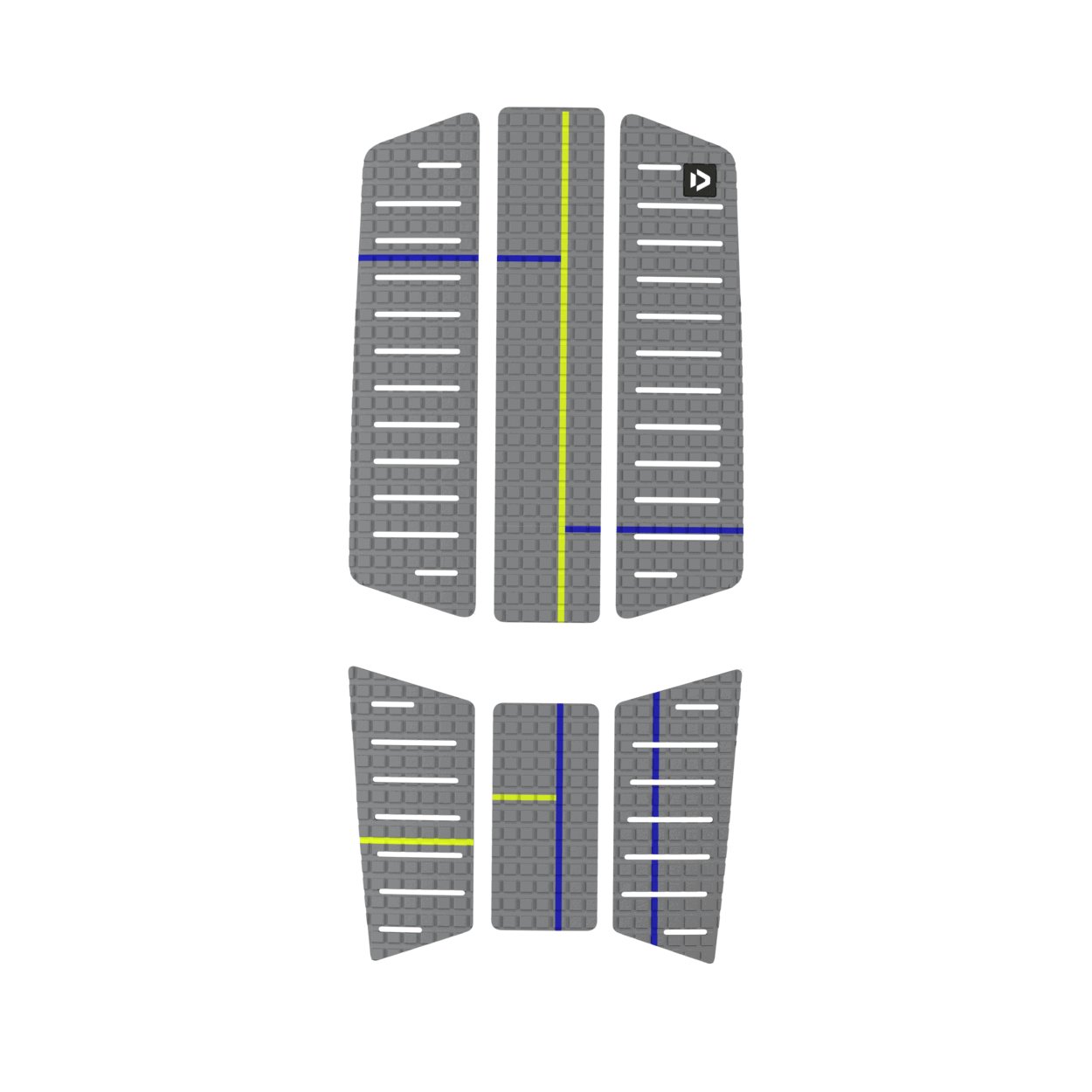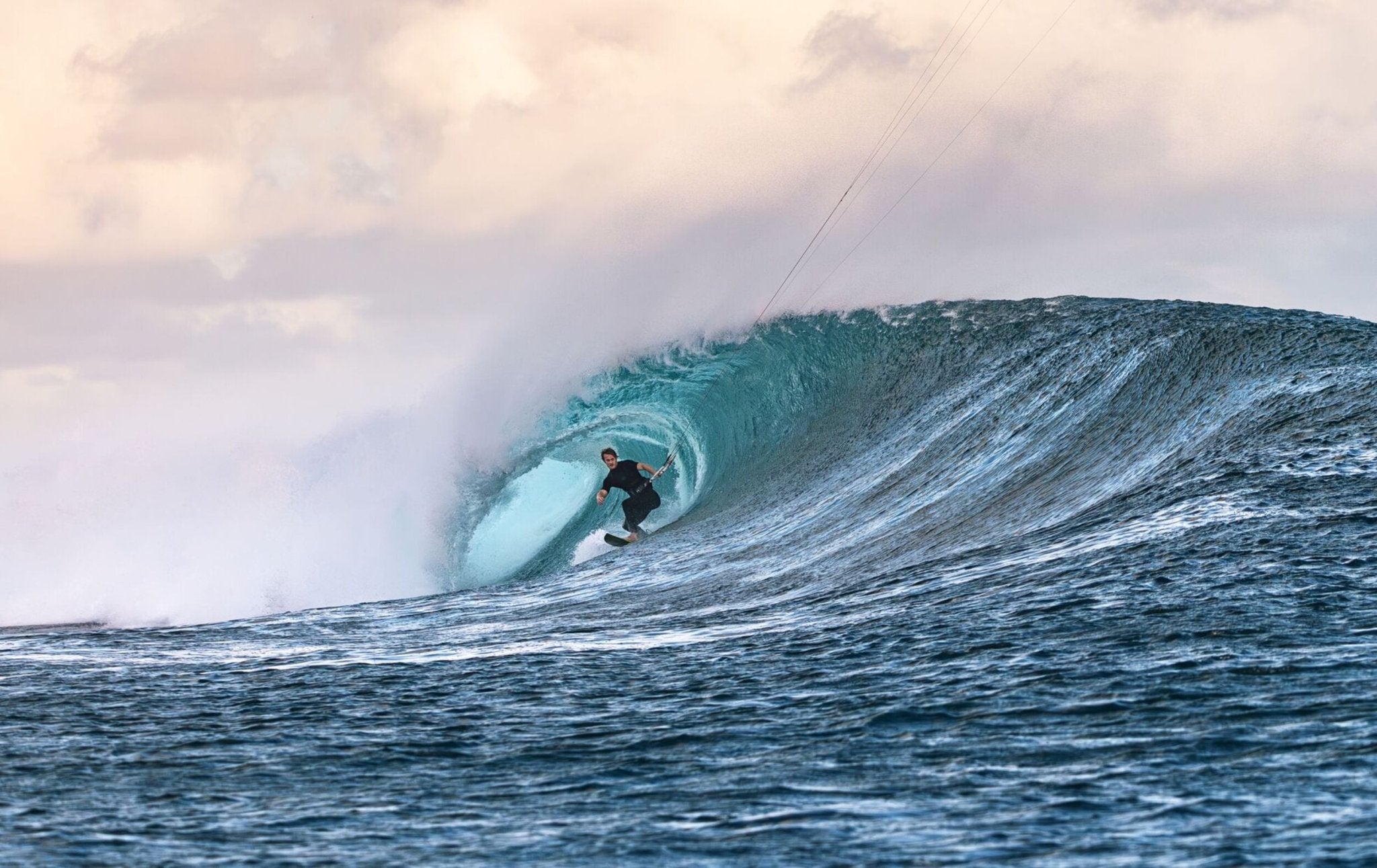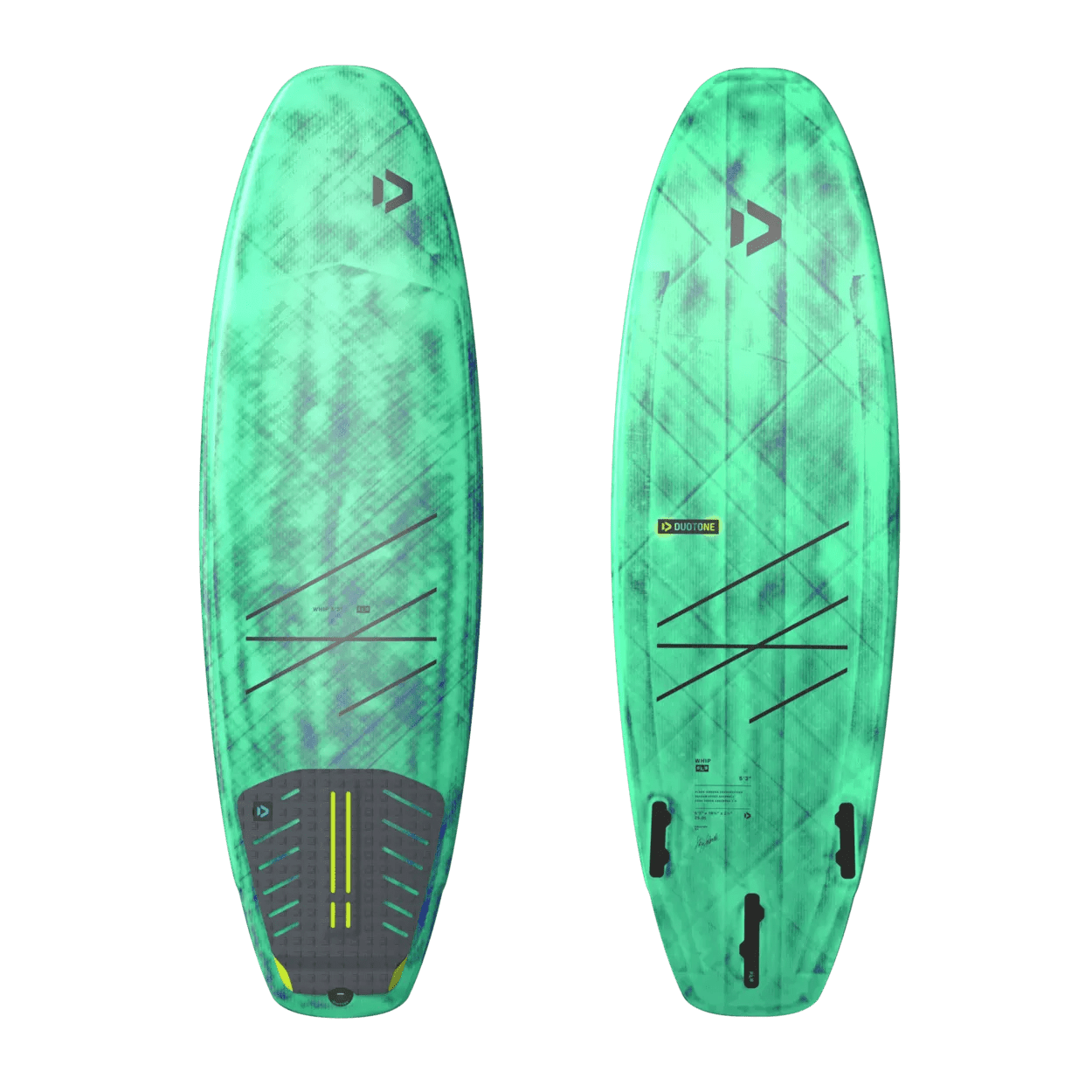The “strapped” versus “strapless” decision is down to your own preference and skill level. In the early days of kitesurfing, surfboards were generally equipped with straps. Nowadays, however, most people ride strapless because it gives much more freedom of movement. Having said that, you do sometimes see straps being used for big wave surfing as this gives more control over the board. There are some arguments for either approach depending on the rider’s level and the conditions.
Duotone Kitesurfing Surfboards / Directionals
16 products
Showing 1 - 16 of 16 products
FROM CLASSIC SURF SHAPES TO THE MOST MODERN AND PROGRESSIVE SHAPES, THE SURFBOARD RANGE DESIGNED BY SKY SOLBACH COVERS ANY CONDITIONS.
DUOTONE SURFBOARDS
If you are looking to switch from a twin tip to a surfboard or directional kiteboard, it can be difficult to make the right choice due to the enormous range of different surfboard shapes, rocker lines and fin setups. Here we’d like to give you an overview of Duotone surfboards and surfboards in general – so you can find the right Duotone surfboard for you!
WHERE ARE YOU GOING TO USE IT?
The first thing you need to think about is what conditions you would like to kitesurf in. The fundamental question is whether you are going to be predominantly learning freestyle tricks in shallow water and doing a bit of freeriding with just occasional surfing on smaller waves, or whether your goal is to surf bigger and faster waves like e.g. One Eye in Mauritius.
Needless to say, you don’t need to stick to one style. Most of our Duotone boards can be used in a range of different conditions. Just use the “Style finder” on our surfboard overview page to find the perfect Duotone board for you.
WHAT SHOULD I BE AWARE OF WHEN CHOOSING THE SIZE OF A DUOTONE SURFBOARD?
In contrast to a twin tip, for example, when choosing a surfboard it is not just the length of the board that is important. Also crucial are the volume of the board, its general shape and its width in different places. That is why the ideal sizes vary from board to board. For each of our Duotone boards, we provide a specific weight-size table so that you can select the correct size.
HOW IS A SURFBOARD BUILT?
LIGHT TEAM CONSTRUCTION
The Light Team Construction is a very lightweight technique that uses a combination of materials such as carbon and bamboo to create the typical surfboard feel of a custom board while also being exceptionally robust and durable.
CLASSIC CONSTRUCTION
The Classic Construction is a slightly heavier and more rigid construction that is tremendously robust and resilient.
WHAT DOES "SLS" MEAN?
SLS stands for "Strong, Light, Superior". SLS products are made using advanced materials and production processes to guarantee optimum performance. There are no compromises with these products. They are especially developed for advanced riders who want to explore their limits and so need the very best equipment. SLS products guarantee a completely new riding experience, quite unlike anything else.
WHAT DOES "D-LAB" MEAN?
D-LAB stands for "Duotone Laboratory". As the name suggests, this is where completely new materials, production techniques and construction methods are developed. D-LAB products push the limits in terms of what was previously thought feasible or conceivable, setting new standards in the kite industry. These new technologies appear to defy the laws of physics. D-LAB products are genuinely the pinnacle of engineering prowess and will usher in long-term changes in kite sports.
SHOULD I USE STRAPS ON MY SURFBOARD?
SHOULD I USE PADS OR WAX?
The answer to this question again depends on your own preference. Some people swear by wax, others prefer to use pads on their boards. Both help to give a better grip on the board. The benefit of pads is that you only need to stick them on your board once and then you will always have the same grip, whereas wax needs to be reapplied constantly. In particularly windy and sandy spots, pads are significantly easier to handle as the sand won’t stick to them.
SHAPE
Lots of issues need to be considered when it comes to the shape of a surfboard. Even small modifications can have a large impact on the board’s characteristics. Here is a summary of the most important features:
OUTLINE
The outline is essentially the shape of the board. This determines the rail line and how easy it is to turn the board. With a shorter outline, you can make tighter turns but the board will be less stable at high speeds. A longer outline offers better grip, however, turns will require a larger radius.
TAIL
The shape of the tail is closely connected to the outline. The tail is the rear end of the board. A flat, broad tail (squash tail) ensures better lift and offers enhanced acceleration and excellent light wind performance. A more rounded tail (rounded pin tail) ensures better grip and drive and offers easier and more predictable handling.
ROCKER LINE
The rocker is one of the most important characteristics of a board, with an influence on speed, turning behaviour and the board’s overall performance. The rocker indicates how curved a board is when examined from the side and is strongly influenced by the outline of the relevant board. Boards with a lower rocker are faster, better equipped to handle light winds and go into gliding mode more quickly. A larger rocker offers enhanced turning abilities and is particularly suitable for powerful, steep waves.
VOLUME
The volume of a surfboard determines its buoyancy. Beginners will prefer a board with a rather larger volume as this is easier to handle. The specific user’s weight is crucially important when determining the volume of a surfboard.
NOSE
The nose is the front end of the board and, just like the tail, is closely linked with the outline and rocker. The nose indicates how the board will perform during turns. A nose that is rather straighter and flatter is particularly suitable for flat, small waves and offers good stability. A somewhat pointed nose is more appropriate for large, steep waves as it has a smaller surface area and allows longer, more rounded turns to be executed.
SURFBOARD FINS
TS-M CLASSIC
Standard Molded Finset for all Surfboards
This fin has a medium flex pattern and is ideal for a wide range of conditions from small to medium size waves. The wide base and extra rake offer good drive and control through the bottom turn while the narrow tip allows for a clean and crisp release for controlled snaps off the top. The center fin is slightly smaller than the thrusters which keeps them loose and playful.
TS-M PRO I
The TS-M Pro 1 is ideal for small to medium waves and is made from the same template as our classic fin, but is produced in our pro-edition glass fiber construction. This solid glass construction is hand foiled from a block of layered fiberglass and offers a superior flex pattern to meet the strict performance demands of our team riders. The wide base and extra rake offer grip and control in bottom turns while the narrow tips and smaller center fin allow for radical off the top maneuvers.
TS-M PRO II
The Pro 2 fin has massive grip and control for high-speed power surfing in all wave sizes. The hand-foiled solid glass fiber construction offers direct response and control and an ideal flex pattern for the high speeds and power loads of kitesurfing. The combination of an asymmetrical foil on the front fins and the wide, powerful tips offers maximum control and predictability even in the most demanding conditions. The Pro 2 is the preferred fin of our top team riders in good waves where grip, control, drive, power and speed are essential.
FINS
NUMBER OF FINS
Most boards have 3 fins (thruster setup) or 4 fins (quad setup). The thruster setup offers a more direct feel for the board, especially when turning. It is very predictable and it is easy to find the release point. The quad setup is faster and allows larger turns and carves. You get a more direct feel when trimming, but you get less feedback when switching rail to rail.
FIN SPACING
The spacing between the fins has a big impact on the characteristics of the board. With a thruster setup, you can tune the board by shifting the centre fin further back and the front fins further forward. Having smaller gaps between the fins allows tighter turns and the board will generally feel more dynamic. Consequently this setup is particularly good for smaller waves. Larger gaps between the fins ensures a bigger turning radius and additional drive; you feel more “locked in”.
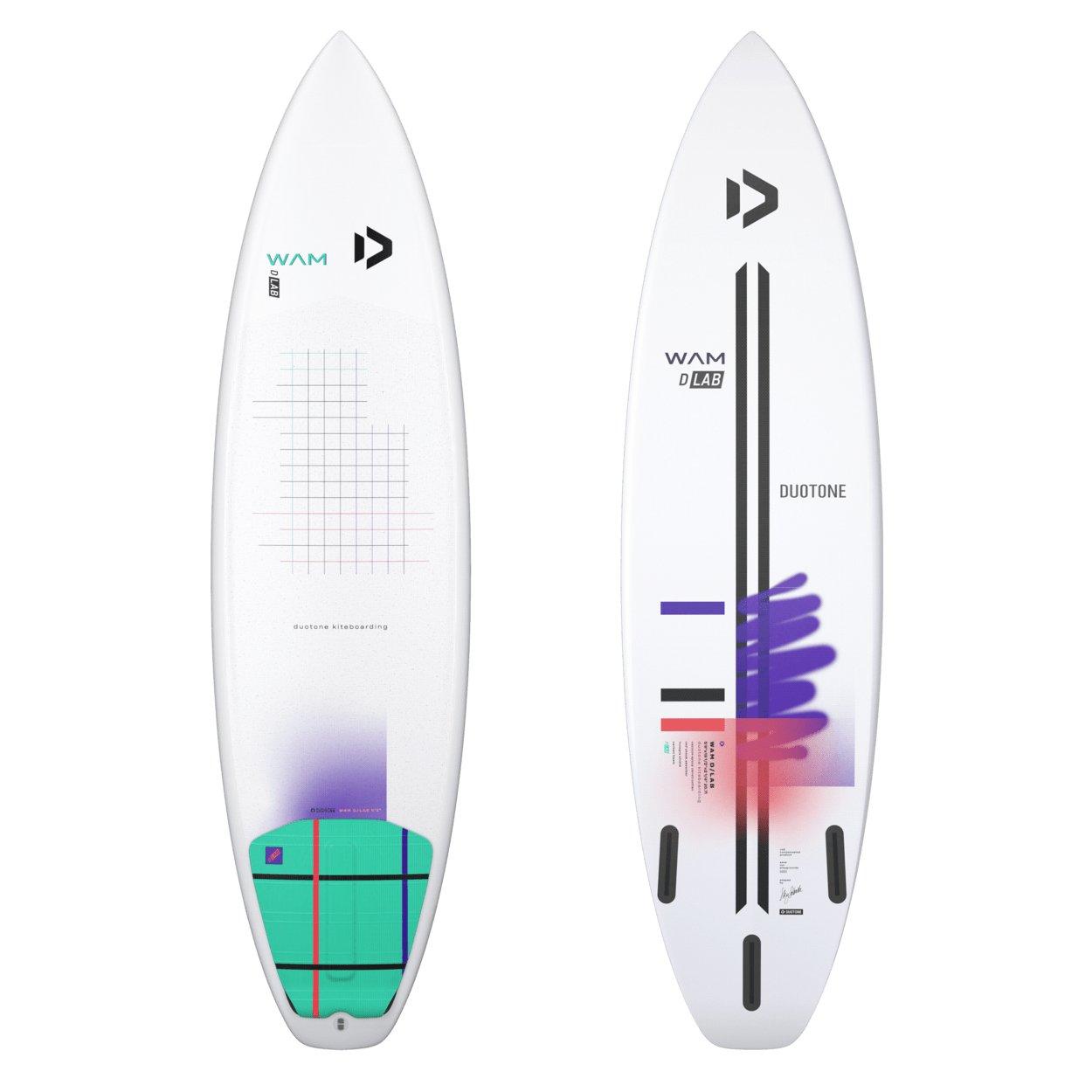
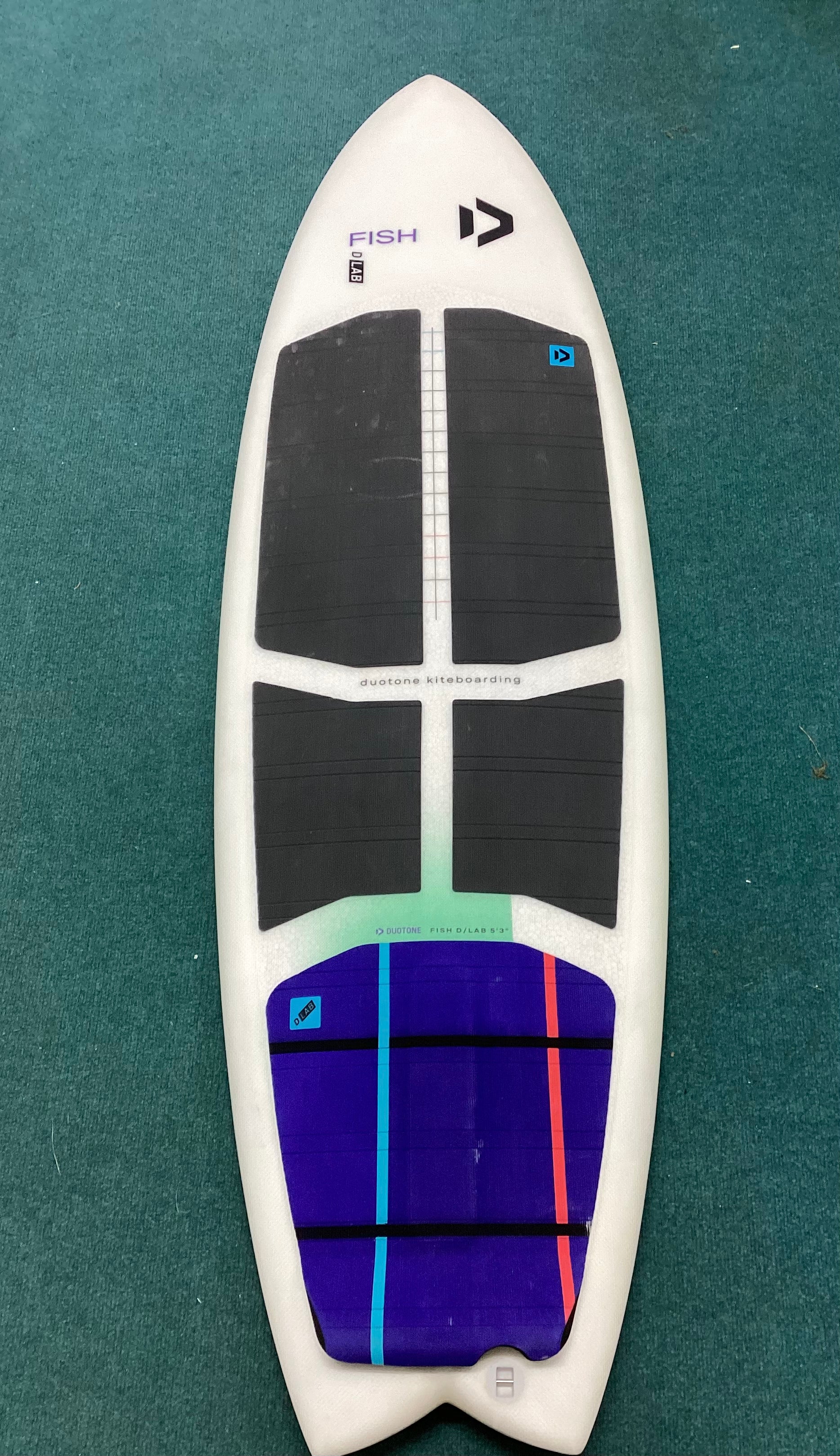
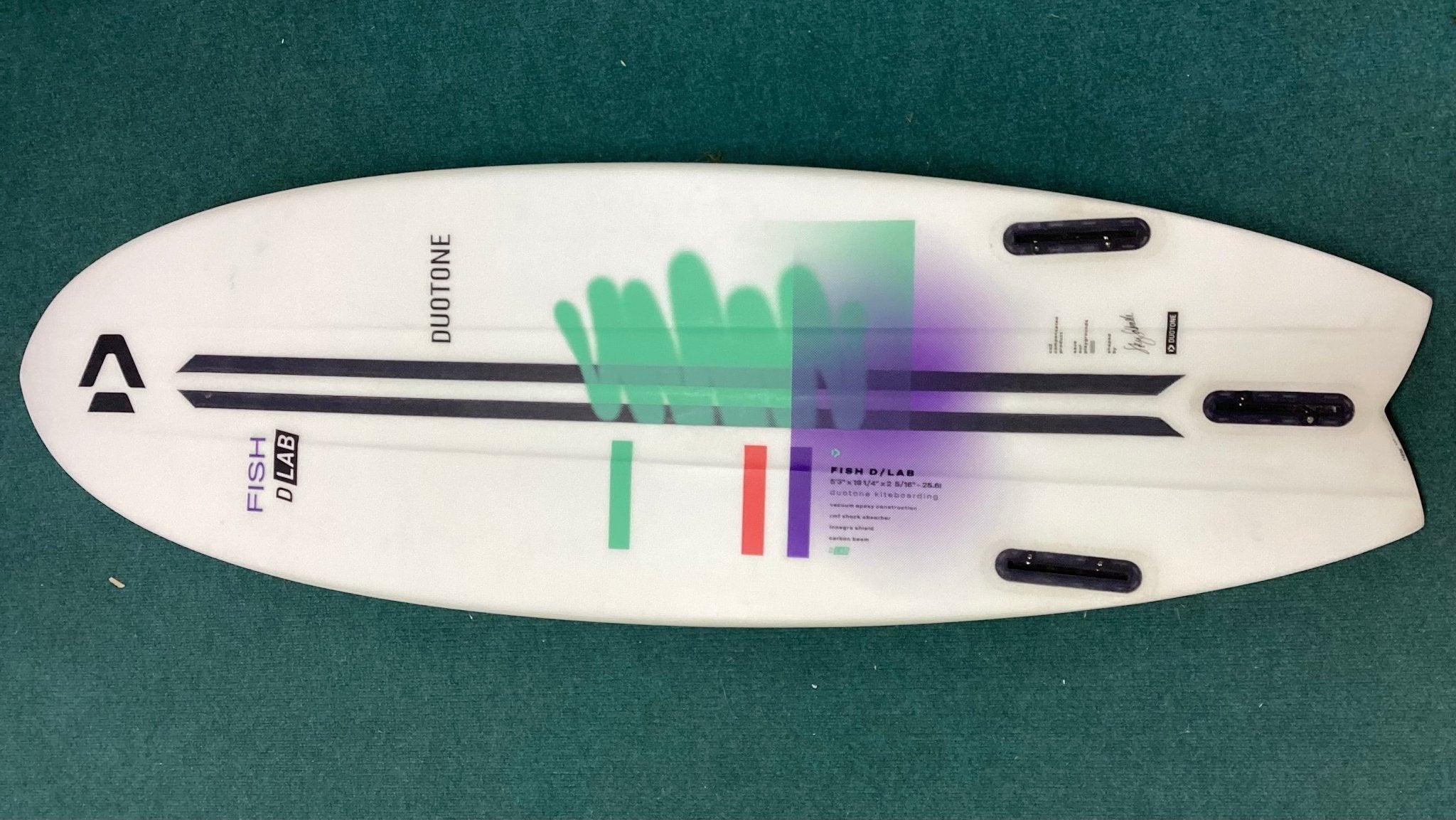

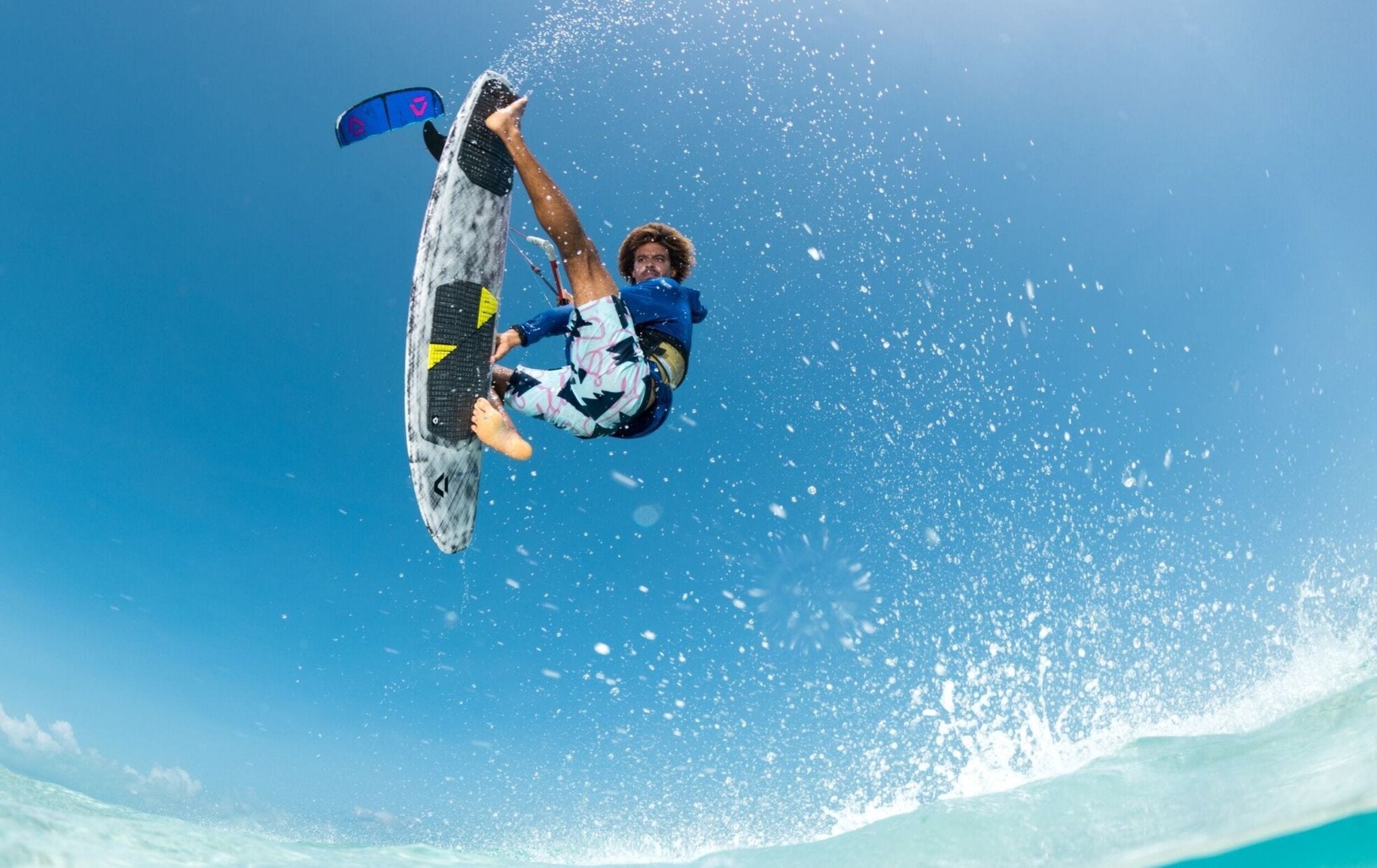

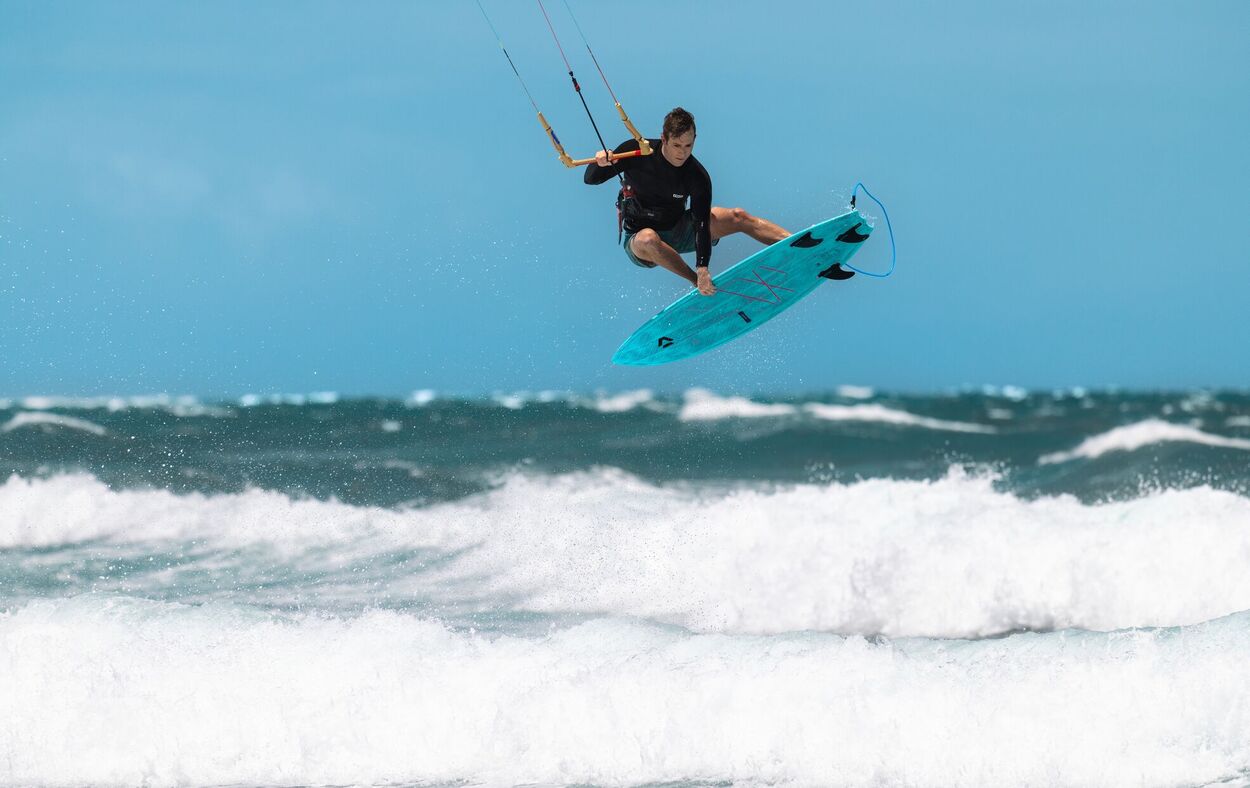

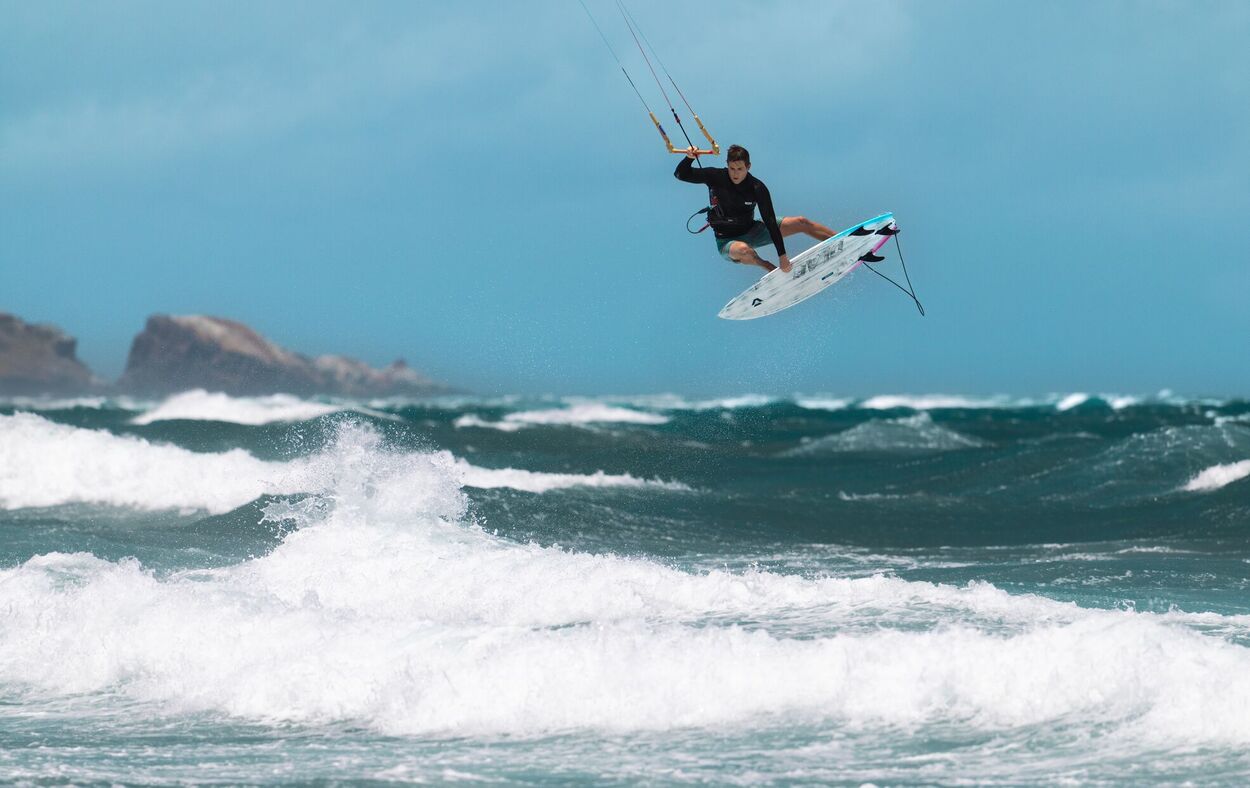

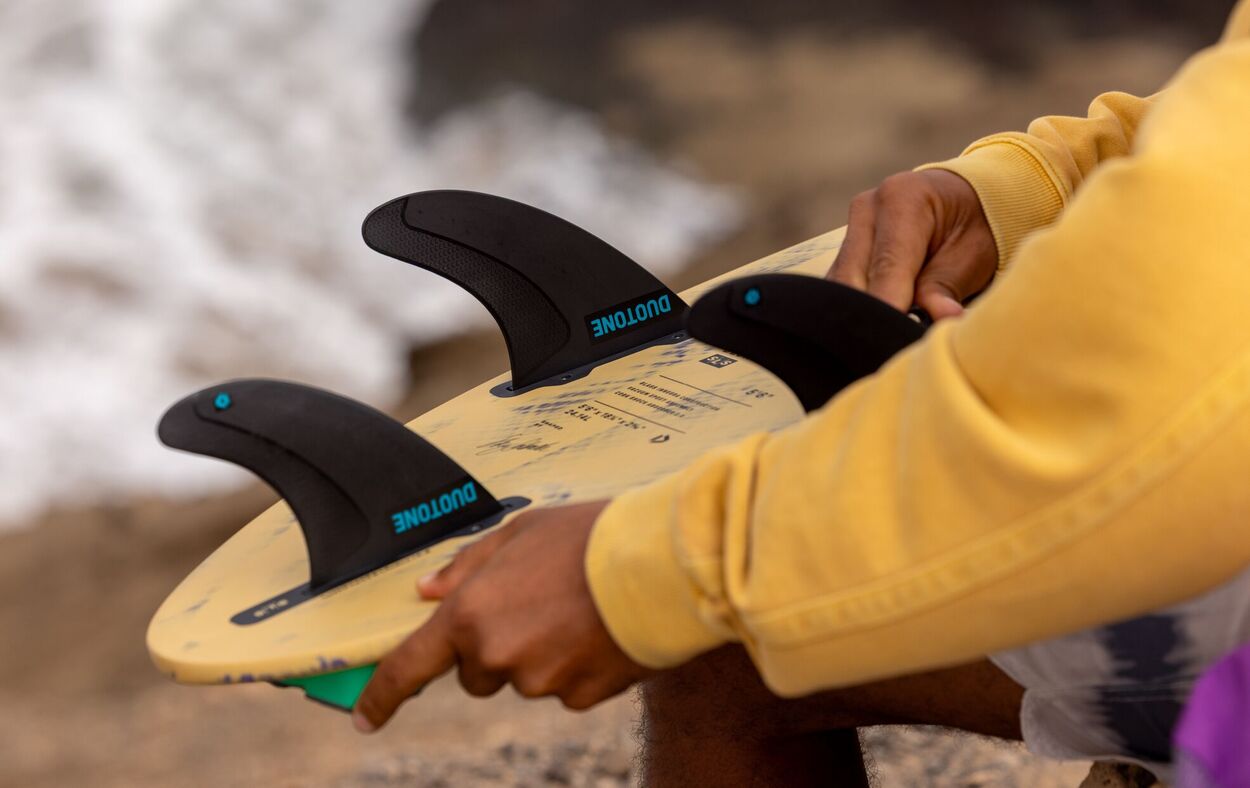


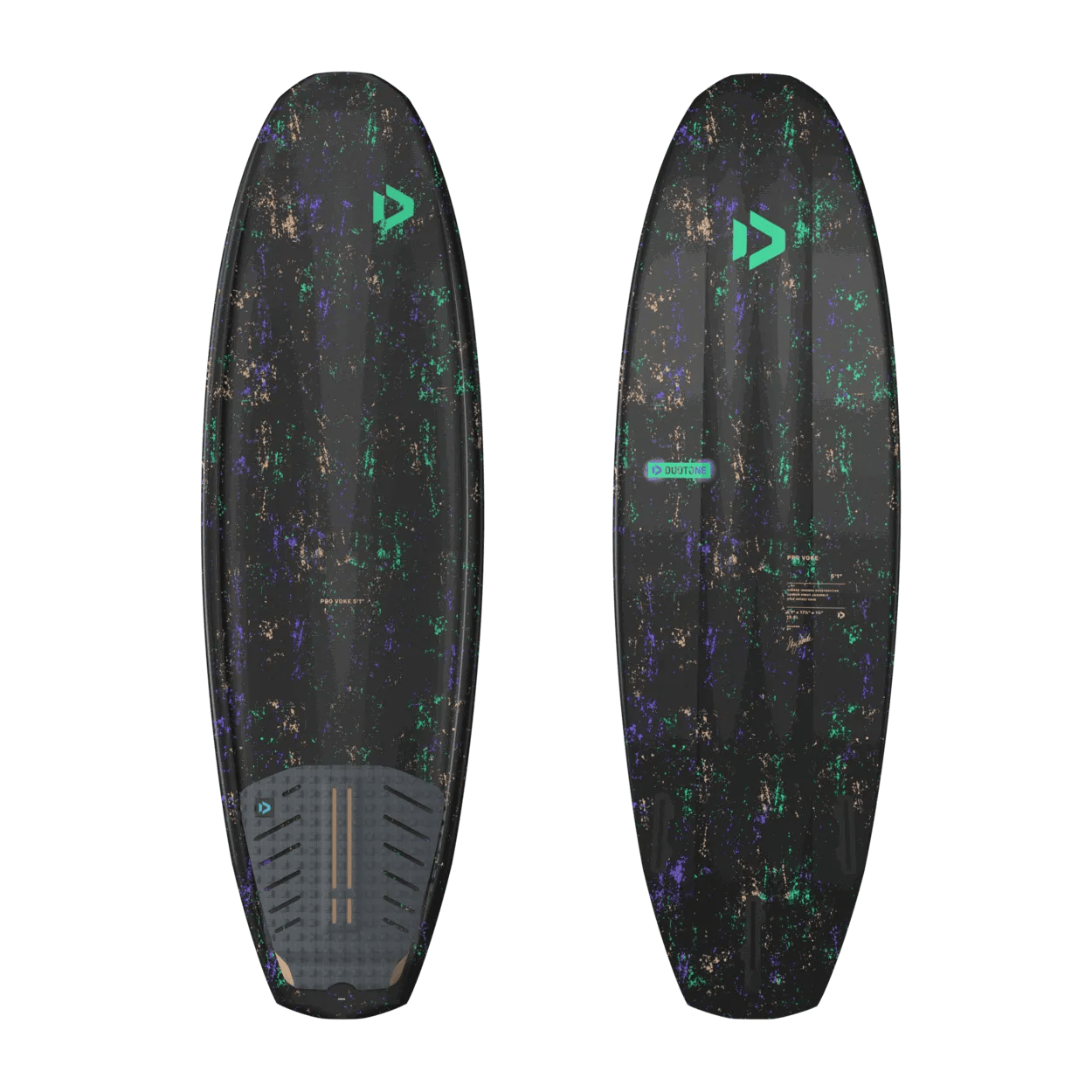

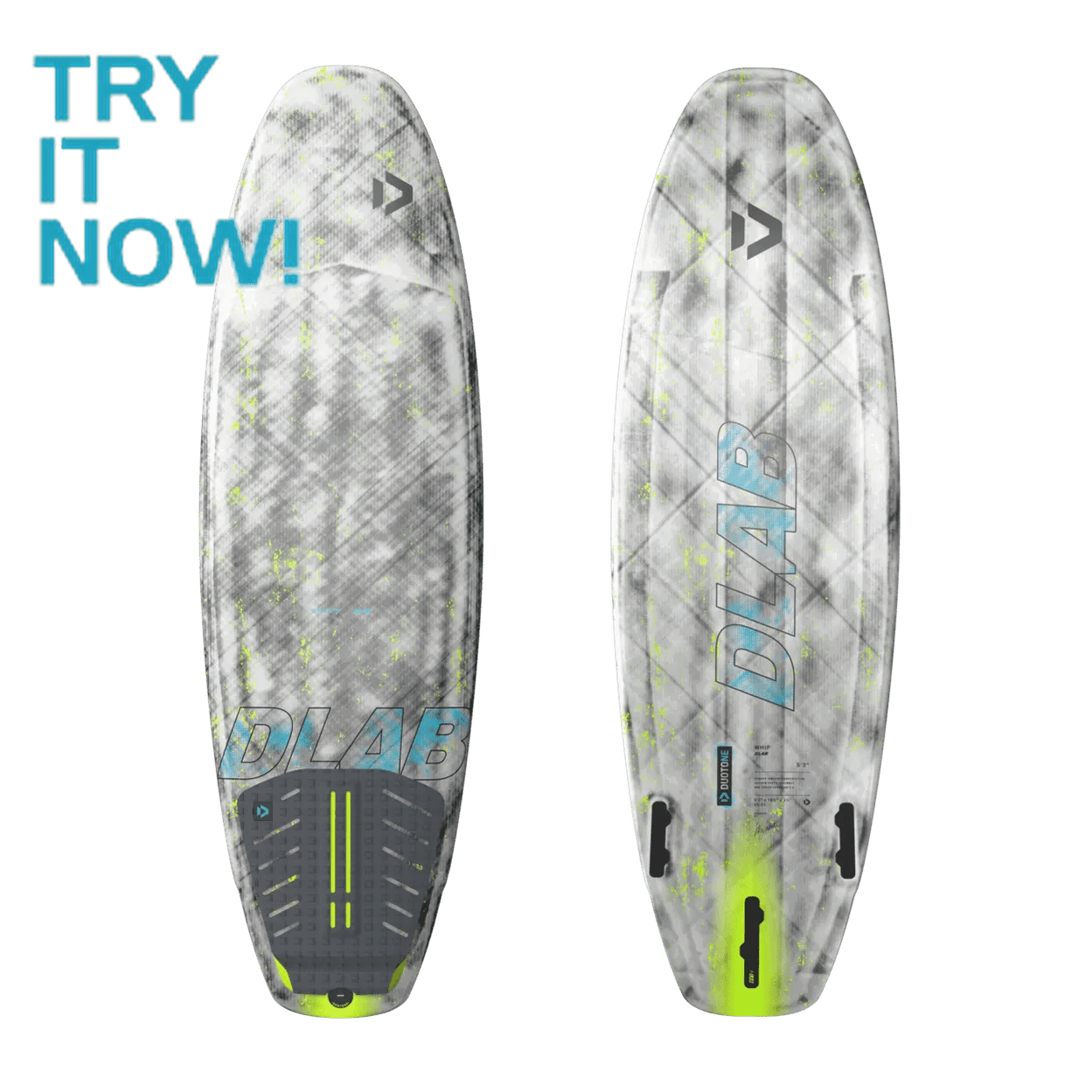


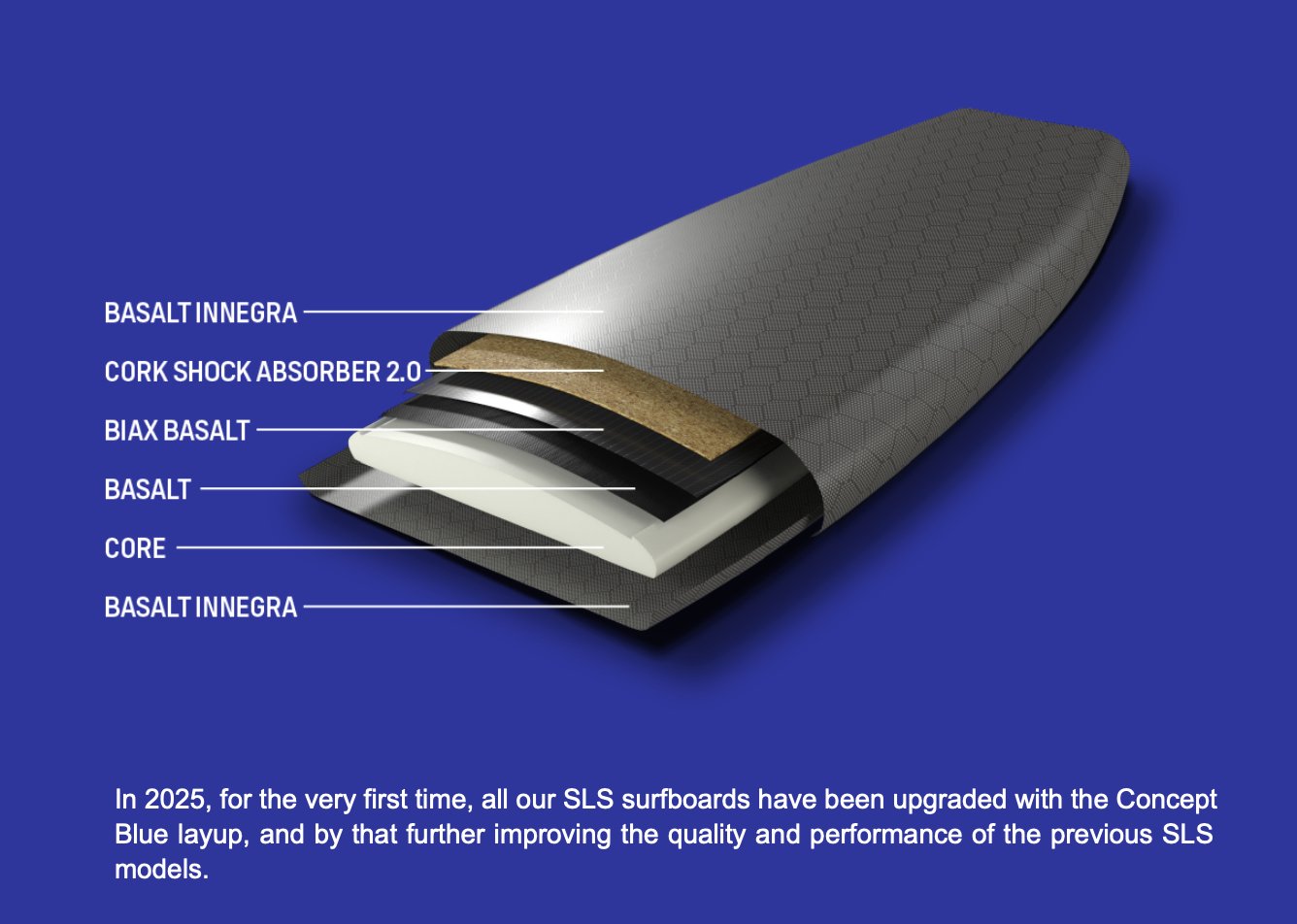
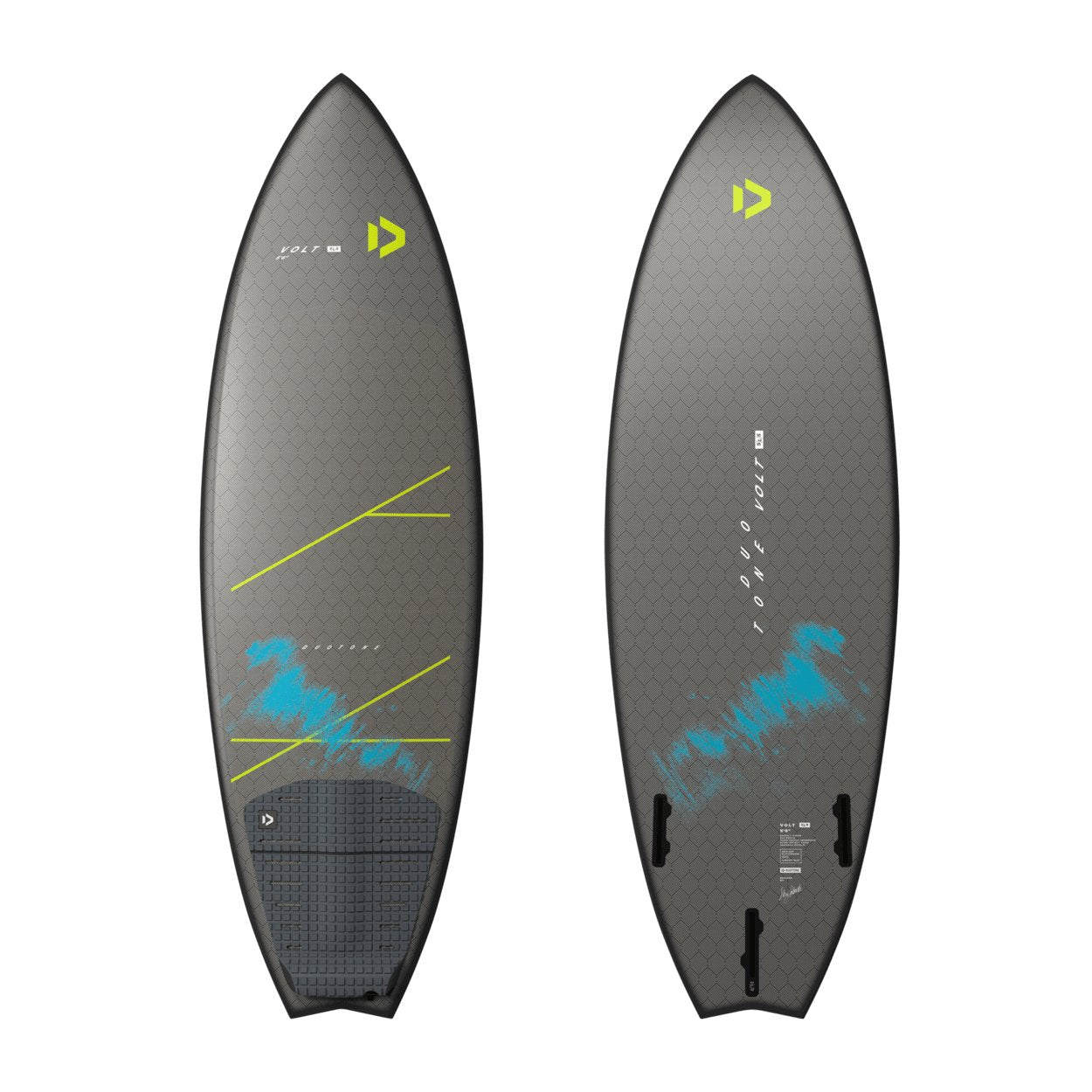
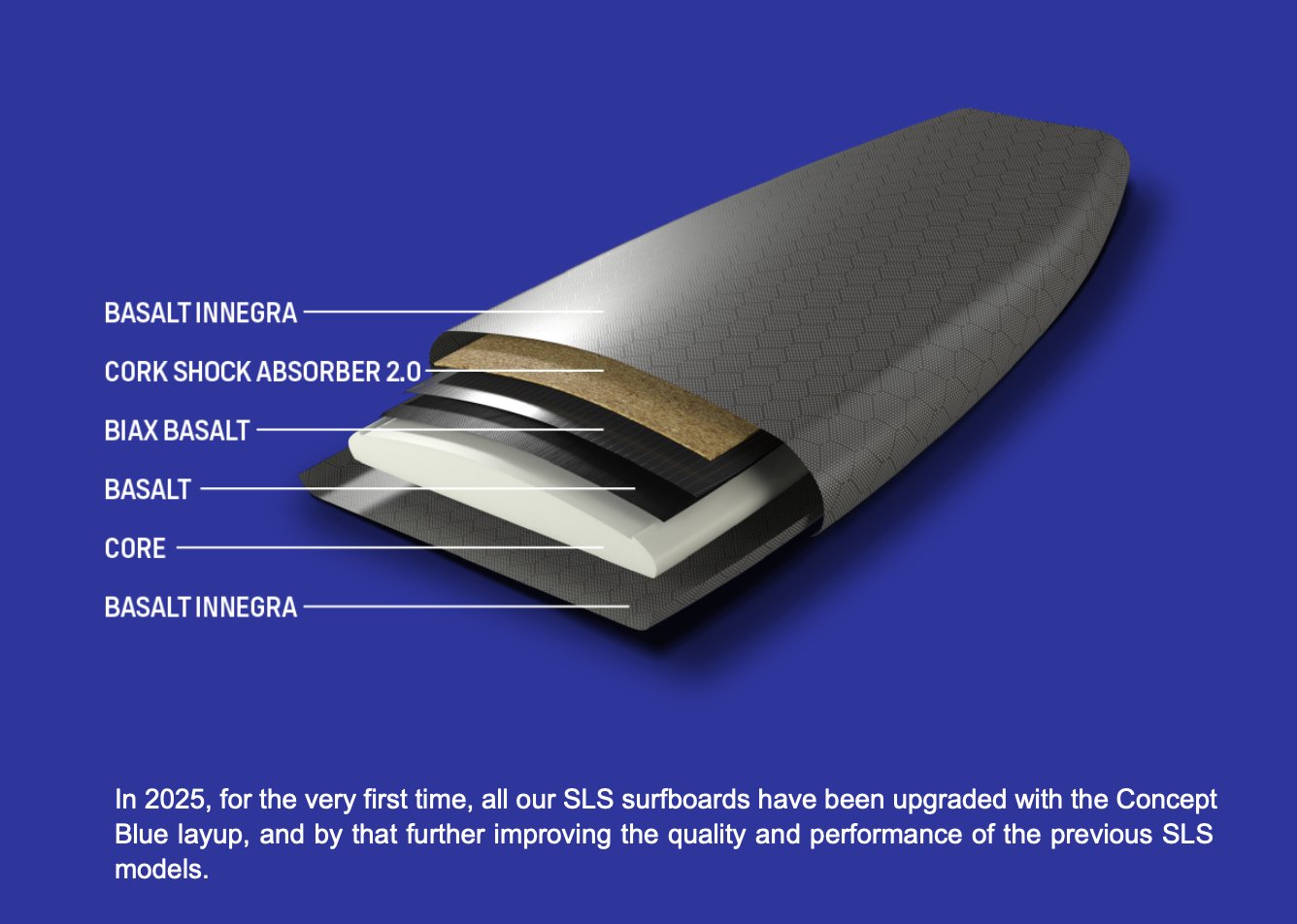


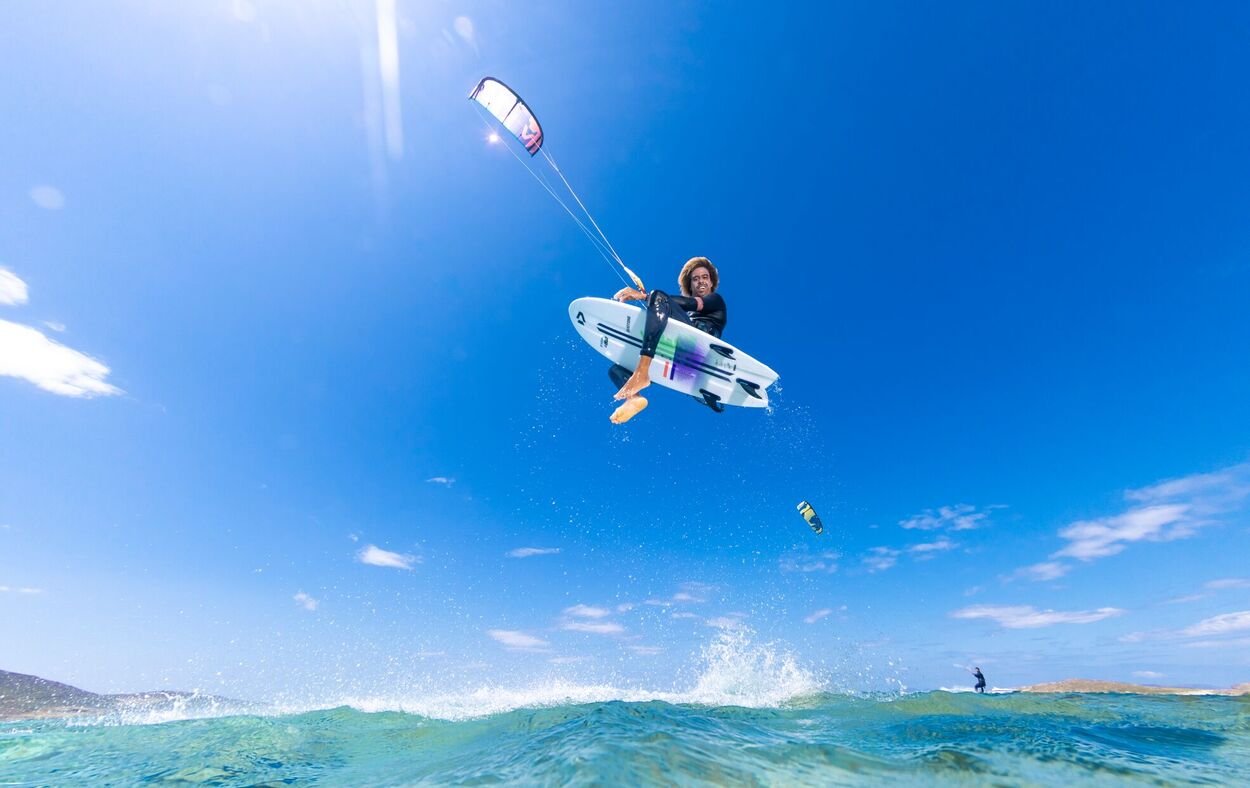
Free delivery over £50*
Please enjoy free delivery on orders over £50 within mainland england.
Get the Best Deal Guaranteed!
A price you want us to match?
We plant a Tree with every order!
Secure payments
Short content about your store
Recently viewed
We clean up after ourselves.
Ecommerce deliveries have a carbon footprint. That's why we support verified projects that remove carbon from the air.



Every delivery’s carbon footprint is calculated based on weight, shipping method, and distance traveled. We neutralize these emissions by purchasing verified carbon removal credits from groundbreaking projects. When you add a contribution to your order, 100% of that money is used to pay for additional carbon removal.



With your purchase, you’ll join a community of proactive merchants and customers dedicated to a sustainable future. Together, we've removed emissions for over 71 million deliveries and removed over 50 thousand tonnes of carbon.

We work with a network of pioneering carbon removal companies that have been vetted by the commerce platform Shopify.


